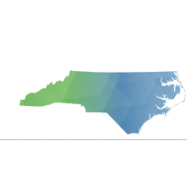
(View Complete Item Description)
This unit includes 10 lessons that culminate in a student created final product presentation on the factors that influence climate change through the lens of chemistry and oceanography using literacy strategies to conduct inquiry level research. Using inquiry-based reading, student will examine an anchor text to formulate a question to guide their research and development of student driven projects. Throughout the unit, students will use a variety of texts, websites, and other resources to develop a product and presentation that exhibits their literacy and inquiry skills. Using inquiry-based reading, students will explore an anchor text and then develop their own essential and supporting questions to guide their research. Over the course of the unit, students will explore a variety of texts and grow in their knowledge of cellular organelles and in their ability to use informational text to support their inquiry and research.
Material Type:
Activity/Lab,
Formative Assessment,
Homework/Assignment
Authors:
Amy Moore,
Anne Bucci,
Tamryn O'Toole
















